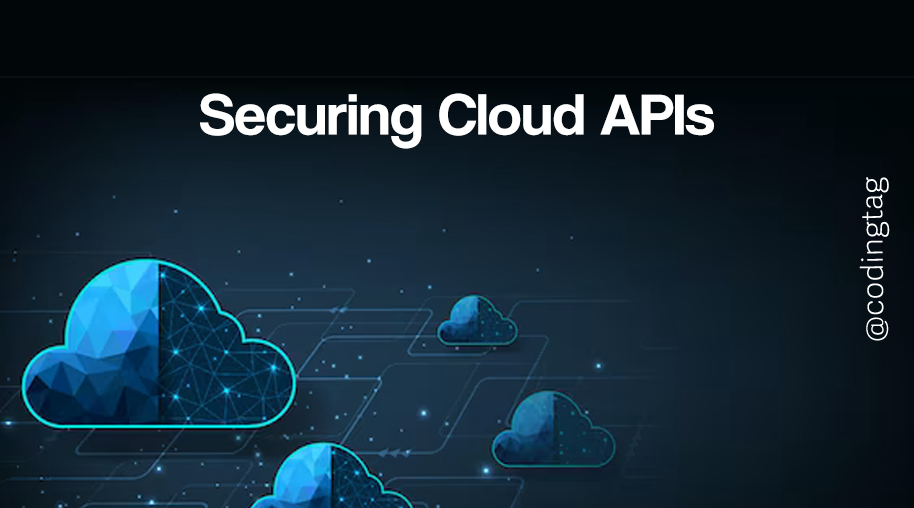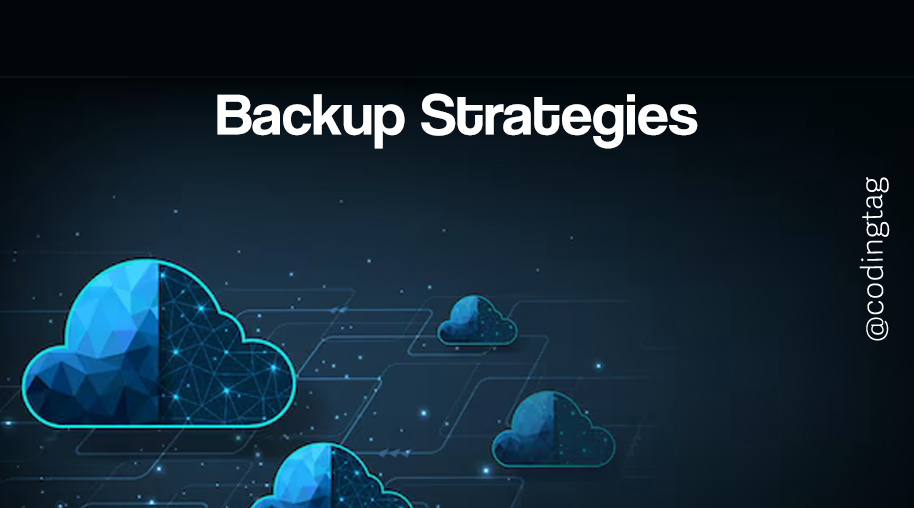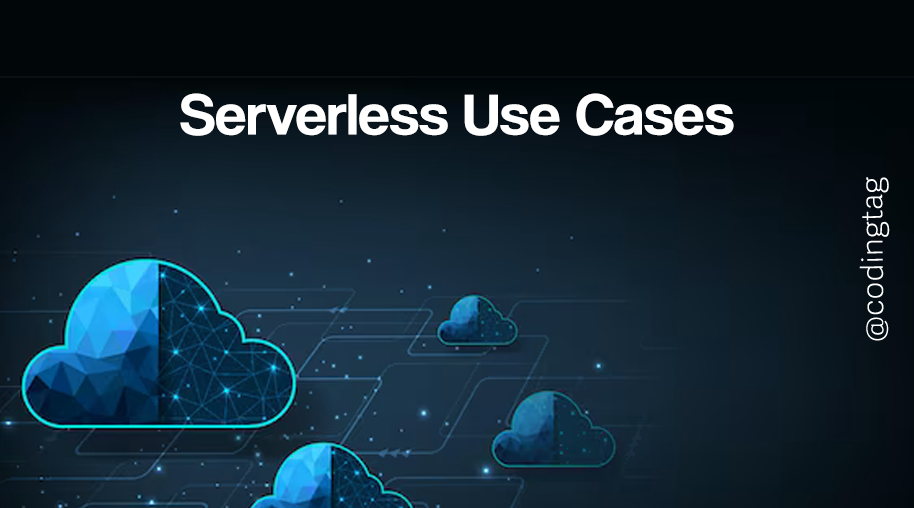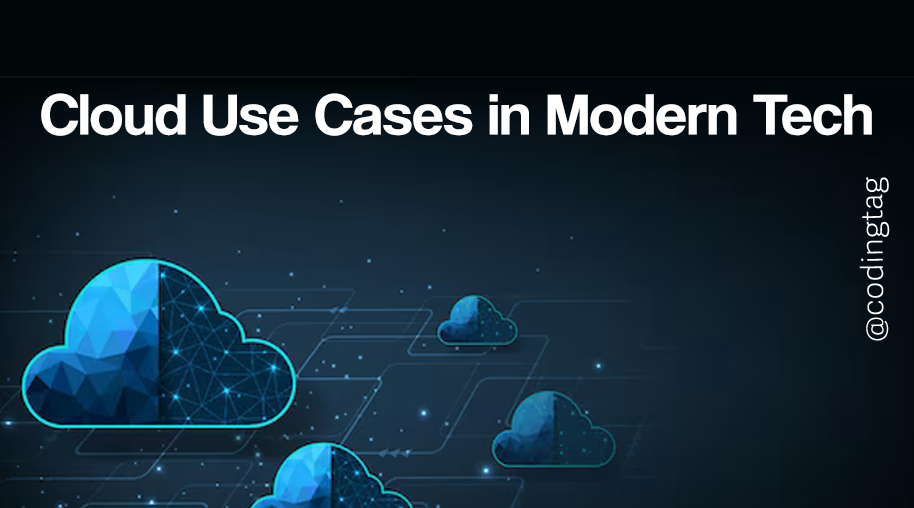Top 10 Cloud Computing Terms
0 3154
Hey Cybernaut,
Thank you so much for visiting codingtag.com and it's been an honor to exchange knowledge with you.
Let's see important cloud computing terms that are popular in the market. And many of them are generally asked during cloud computing interviews. (see Top 30 Cloud Computing Interview Question)
Do you know, we humans are surrounded by technology a lot? And, we are already using cloud computing in our day to day life directly or indirectly.
I am sure you have used apps like Gmail, Facebook, etc. which makes you a consumer of cloud computing services.
Got Surprised!! Yeah you have read it correct!
Cloud computing has become de-facto standard in the IT enterprises. It is helping them to efficiently deploy and scale their IT infrastructure on demand. Based on the business need, enterprises are incorporating different types of cloud service delivery models and cloud deployment strategies.
Now, let me put some light on famous top 10 cloud computing terms which are generally used quite often & discussed in the industry.
a) Cloud: Now a day, commonly it refers to the internet.
b) Cloud Computing: Cloud Computing is an internet-based computing, where shared resources, software & information are provided to computers. In other words, it is a practice of using & managing computing resources like network, storage, data on remote servers that are hosted on the internet. Read More, what is cloud computing
c) Public Cloud: Public cloud is an on-demand delivery of computing resources like network, storage, servers etc. These are provided by third party cloud service providers like Google, Microsoft, Amazon to the user over internet.
d) Private Cloud: Private cloud is an environment in which computing resources like servers, storage etc. are dedicated to one organization or business unit. These computing resources can be hosted either by third party cloud or it can be physically hosted at customer site. Private cloud enables enterprises to have more direct control over their data and other IT resources to have strict compliance.
e) Hybrid Cloud: This cloud deployment model is a blend of both public and private cloud. Workloads can move between two environments which enables more flexibility and help organization to perform cloud bursting whenever there is a need of more capacity.
f) SAAS: With this model, cloud service providers host applications in their data centers and make them available to the user via internet. They manage complete underlying infrastructure or resources (like middle ware, operating system, networks) which support applications to run and available to the user.
g) IAAS: In this model, customer will able to access and manage on demand infrastructure resources like storage, load balancers, networking etc. Cloud providers maintains these infrastructure in their premises and make them available to the user on need basis. This service model gives more flexibility to the user but at the same time, it gives more responsibilities out of SaaS and PaaS.
h) PAAS: In PaaS architecture, cloud providers host resources, run times and tools for application development on its infrastructure and make them available to the user through web-based mechanism. Mostly developers use this model to quickly develop their application without bothering much about underlying infrastructure and other application dependencies.
i) Cloud Service Providers: This term refers to the companies which are providing on demand cloud computing services to the users. Generally, these services are provided to the customers in three different manners as SaaS, PaaS and IaaS. Read Cloud service deliver models.
j) Cloud Bursting: It is a cloud configuration that is blend of both public and private cloud in which if 100 percent of resource capacity of private cloud is consumed then overflow traffic is routed to public cloud.
k) Server Less Computing: It is a computing model, in which cloud provider commission the server and dynamically manages the allocation of computing resources. It enables developers to spend more time in building applications rather than spending more time in managing underlying infrastructure required for the application.

Share:







Comments
Waiting for your comments